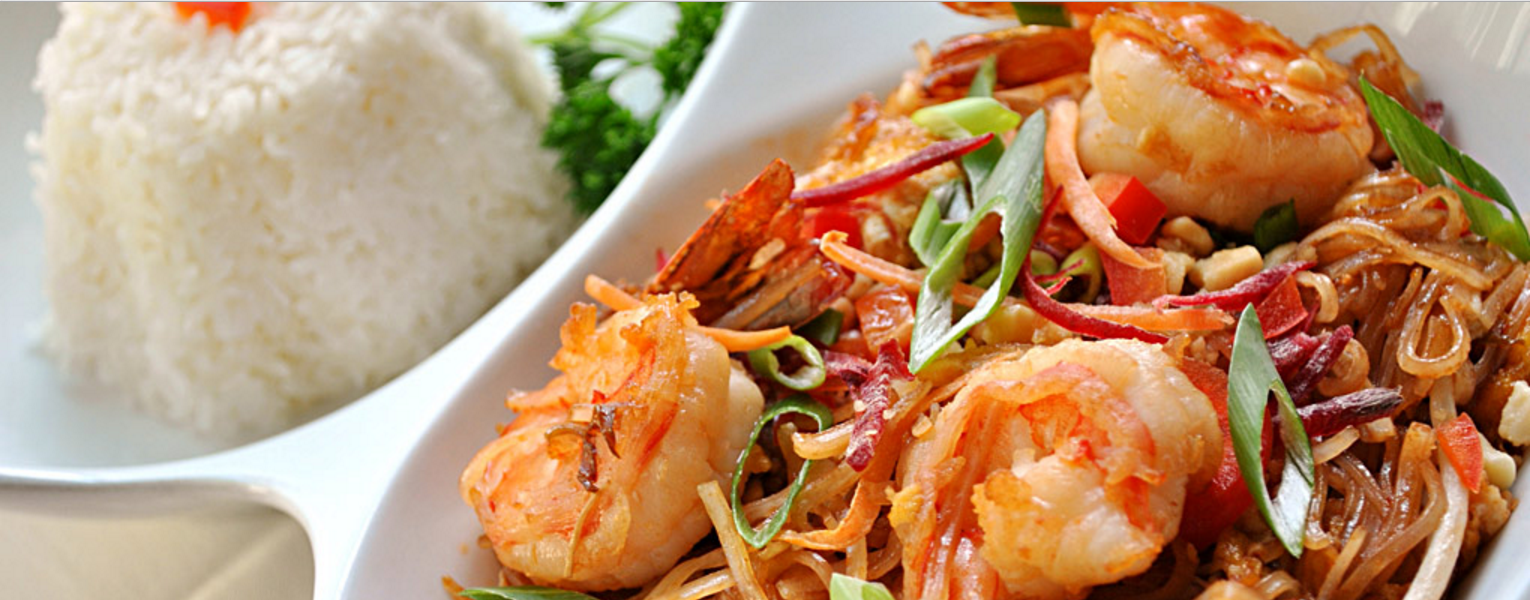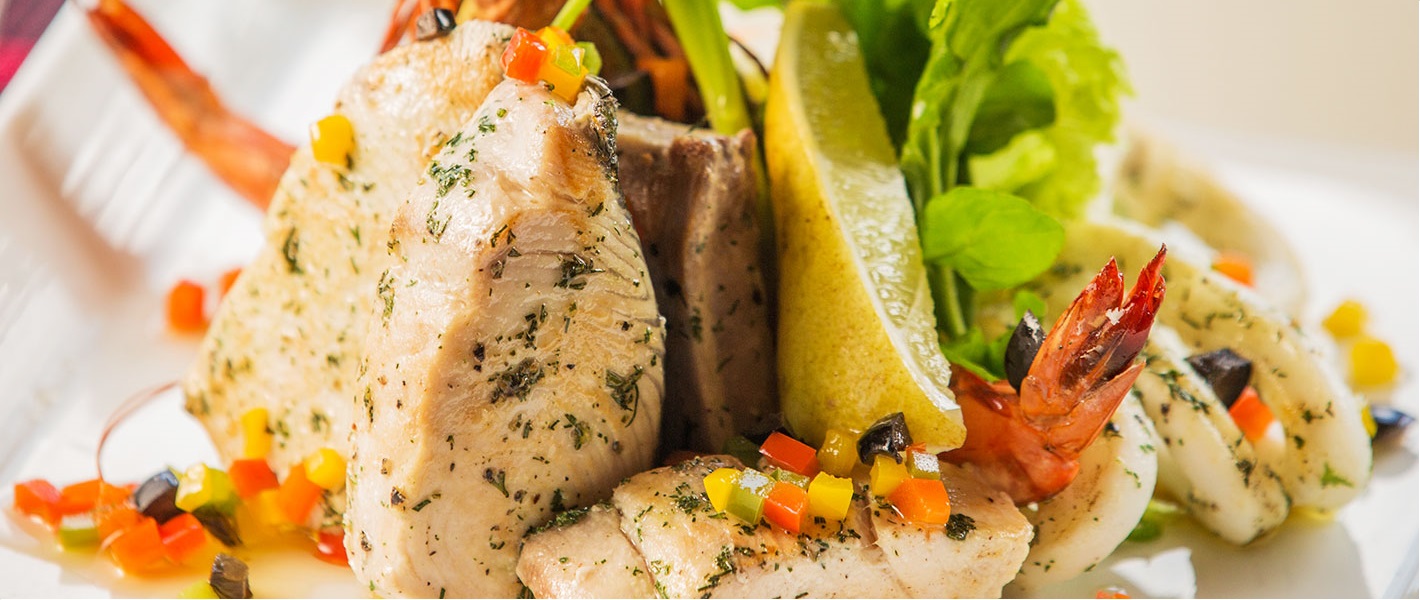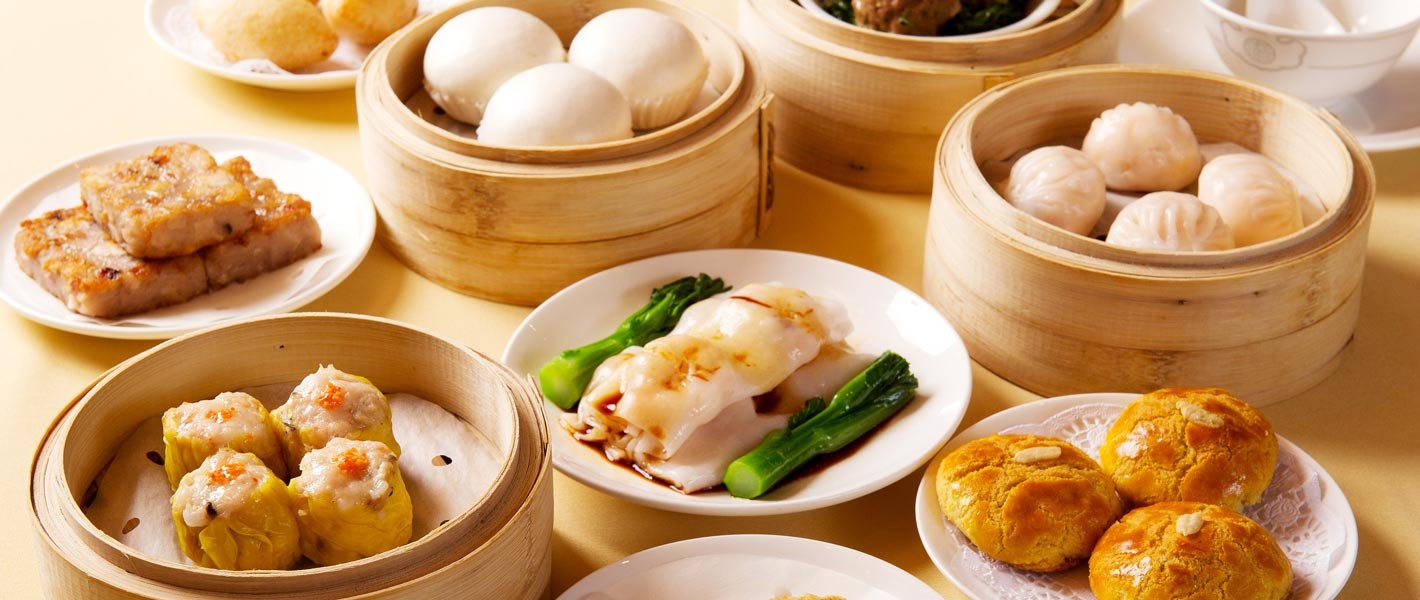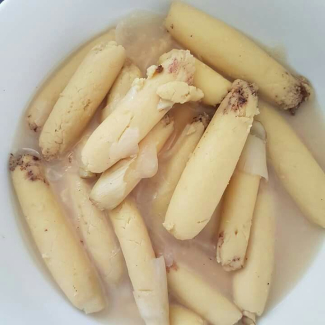Duruka
Duruka, officially named Saccharum edule, is a perennial plant that typically grows in wet, damp soil and tropical environments. Saccharum edule is a species of sugarcane, that is a grass in the genus Saccharum with a fibrous stalk that is rich in sugar. It is cultivated in tropical climates in Polynesia and parts of southeastern Asia. It has many common names which include duruka, tebu telor, Fiji asparagus, dule, pitpit and naviso.
The part that is eaten is the unopened flower, which must be removed from its sheath. The red shoot contains a more crumbly, nutty flavour in comparison to the softer green shoot. Both types have a stringy and fleshy consistency and are incredibly tasty. Duruka is a truly unique delicacy and sought after by the vegetarians and vegans. It can be cooked as a curry dish, in coconut cream or toasted in open fire or charcoal and eaten with chilli/salt/garlic seasoning or a dash of lemon juice.
Other ways you may cook the delicacy is in thick soup with pumpkin and tomatoes. The creamy soup of pumpkin blends well with the soft duruka fibres. You may be creative to make duruka omelette or duruka cooked with canned salmon. It tastes best in simple dishes.
The most popular way to prepare duruka is boiling it for about ten minutes in coconut cream, adding sliced onion and possibly a little crushed ginger root, for extra flavour. Most Fijians will insist on eating it with fish – though roast chicken and boiled taro root are the accompanying dishes for Sunday lunch.
Read more
















